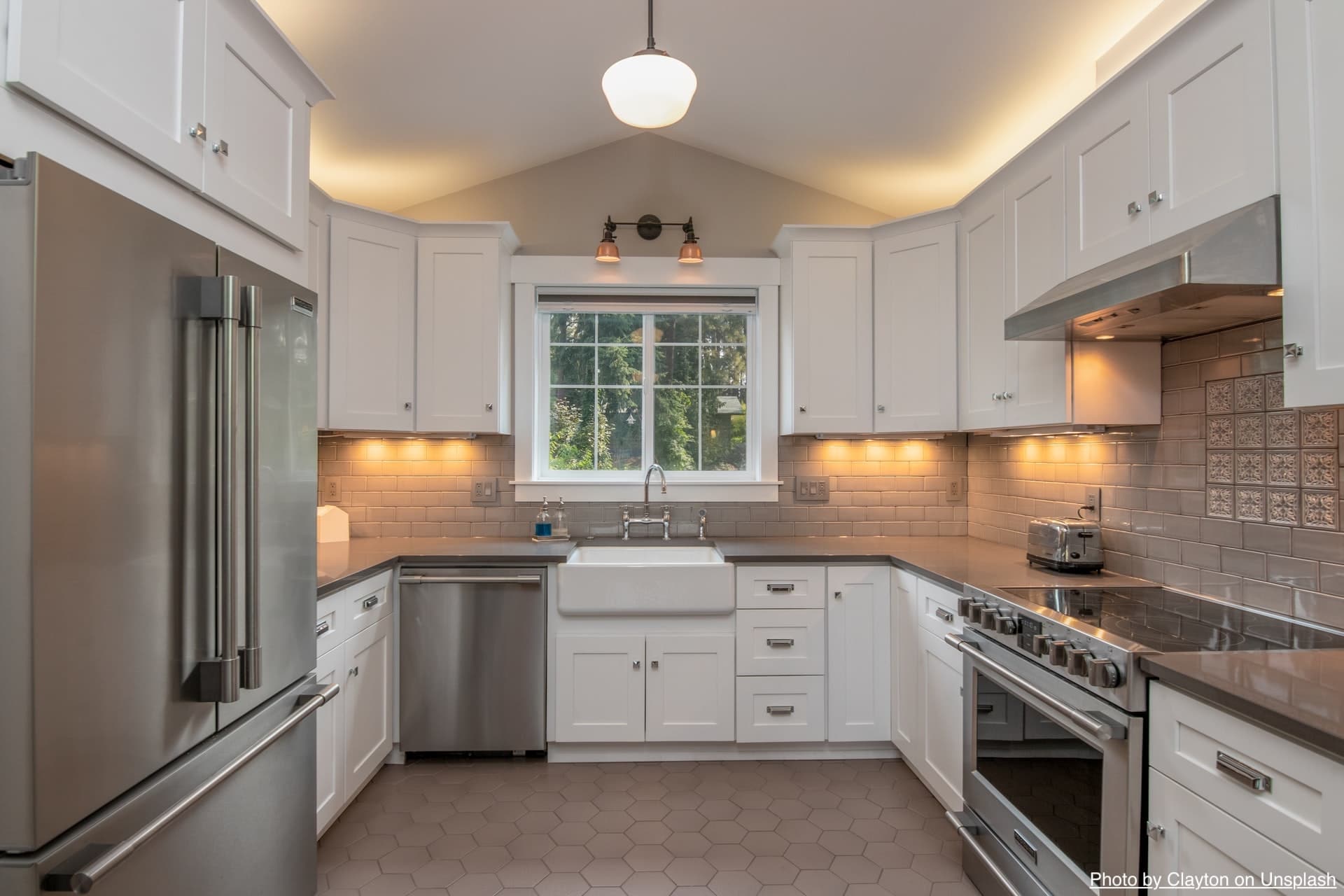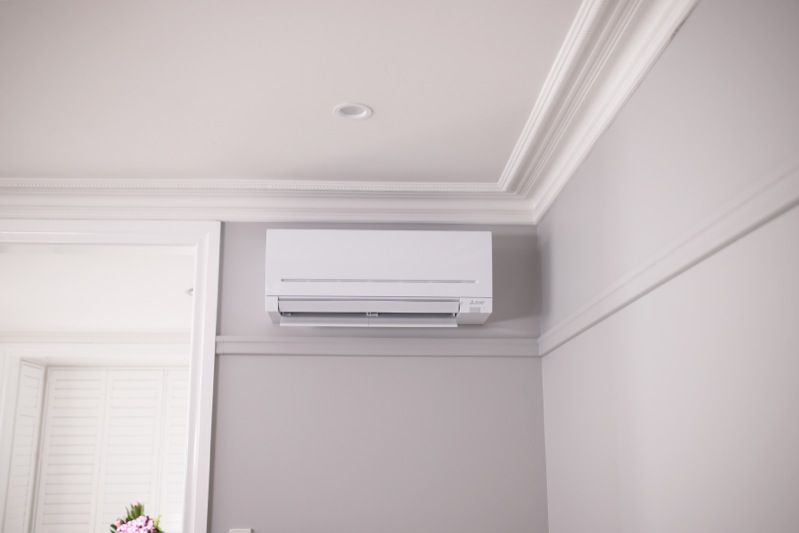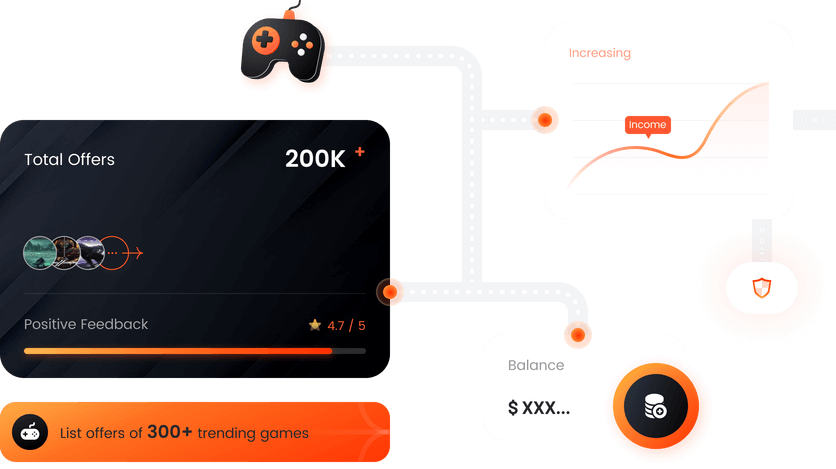Understanding Open Web Roof Trusses

When it comes to roof support and framing, open web roof trusses have gained popularity for their versatility, strength, and aesthetic appeal. These innovative structural elements have become a key feature in modern construction, allowing architects and builders to design spaces with a greater degree of flexibility and creativity. In this blog, we’ll take a closer look at open web roof trusses, exploring what they are, their benefits, and their various applications.
Table of Contents
What Are Open Web Roof Trusses?
Open web roof truss is a structural framework used to support the roof of a building. Unlike conventional closed trusses, which have solid webs between the top and bottom chords, open web trusses feature an open design. The open web design is characterised by diagonal and vertical members (known as web members) that form triangular patterns, connecting the top and bottom chords. This design creates open spaces, providing several advantages for construction and design.
Benefits of Open Web Roof Trusses
1. Lighter and Cost-Effective
Open web trusses are typically lighter than closed trusses due to their design, which uses less material. This can result in cost savings both in terms of materials and transportation, making them an attractive choice for various construction projects.
2. Greater Design Flexibility
The open design of these trusses offers architects and builders greater flexibility in design. The open spaces between the web members can be used to accommodate various building systems like plumbing, electrical, and HVAC, allowing for more efficient space utilisation.
3. Aesthetic Appeal
Open web trusses can add an architectural element to a building’s interior. When left exposed, they create visually striking structural features that can enhance the overall aesthetic of the space.
4. Quick and Efficient Installation
Due to their lighter weight and simpler design, open web trusses are often easier and quicker to install, saving both time and labour costs.
5. Sustainable and Eco-Friendly
The efficient use of materials and the lighter weight of open web trusses can contribute to a more sustainable construction process, reducing the environmental impact of a building project.

Applications of Open Web Roof Trusses
Open web roof trusses are versatile and can be used in a wide range of building types and applications:
- Residential Buildings: They are commonly used in homes, especially for creating open and spacious living areas with high ceilings.
- Commercial and Industrial Structures: Open web trusses are ideal for large commercial and industrial buildings, such as warehouses, factories, and retail spaces.
- Agricultural Buildings: They are well-suited for agricultural structures like barns and storage facilities, offering the strength needed to support heavy loads.
- Educational and Recreational Buildings: Open web trusses are often used in gymnasiums, auditoriums, and other recreational and educational facilities.
- Retail Spaces: The aesthetic appeal of exposed open web trusses can enhance the ambiance of retail spaces, making them a popular choice for retail store design.
- Custom Residential Projects: Some homeowners and builders opt for open web trusses in custom residential projects to achieve unique and visually appealing architectural designs.
Conclusion
Open web roof trusses have revolutionised the way we approach roof support and framing in construction. Their lightweight design, flexibility, and aesthetic appeal make them a valuable addition to various building types. Whether you’re designing a commercial warehouse, a modern home, or a community centre, open web trusses can provide the strength and visual impact you desire while offering cost-effective and sustainable solutions for your construction needs. As you embark on your next construction project, consider the advantages of open web roof trusses and explore how they can elevate your designs.





